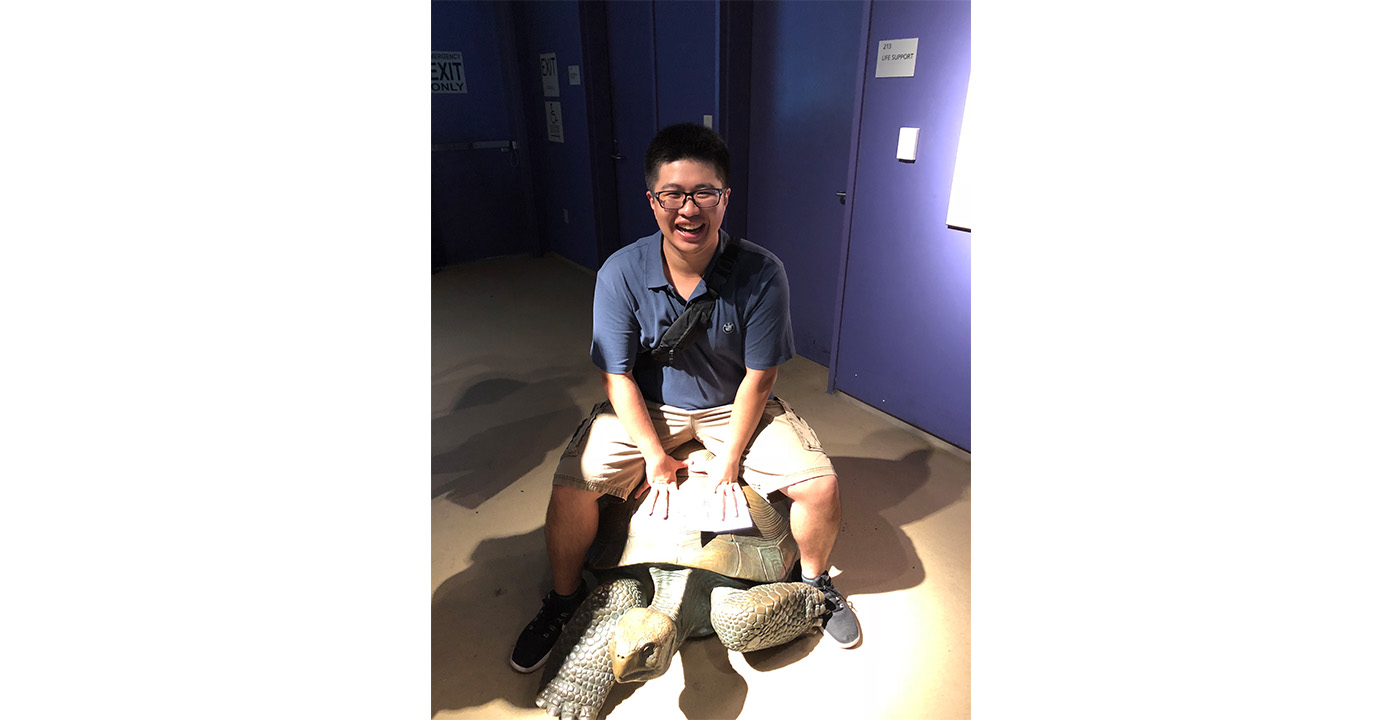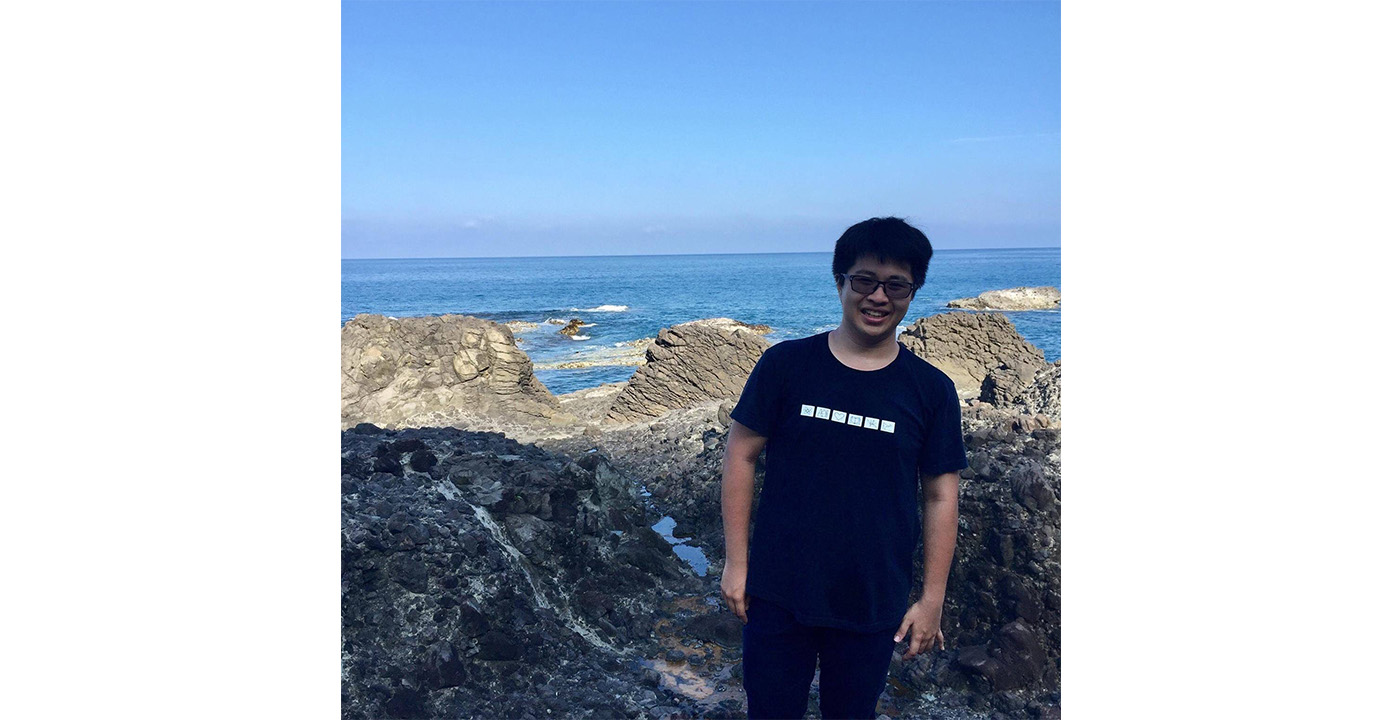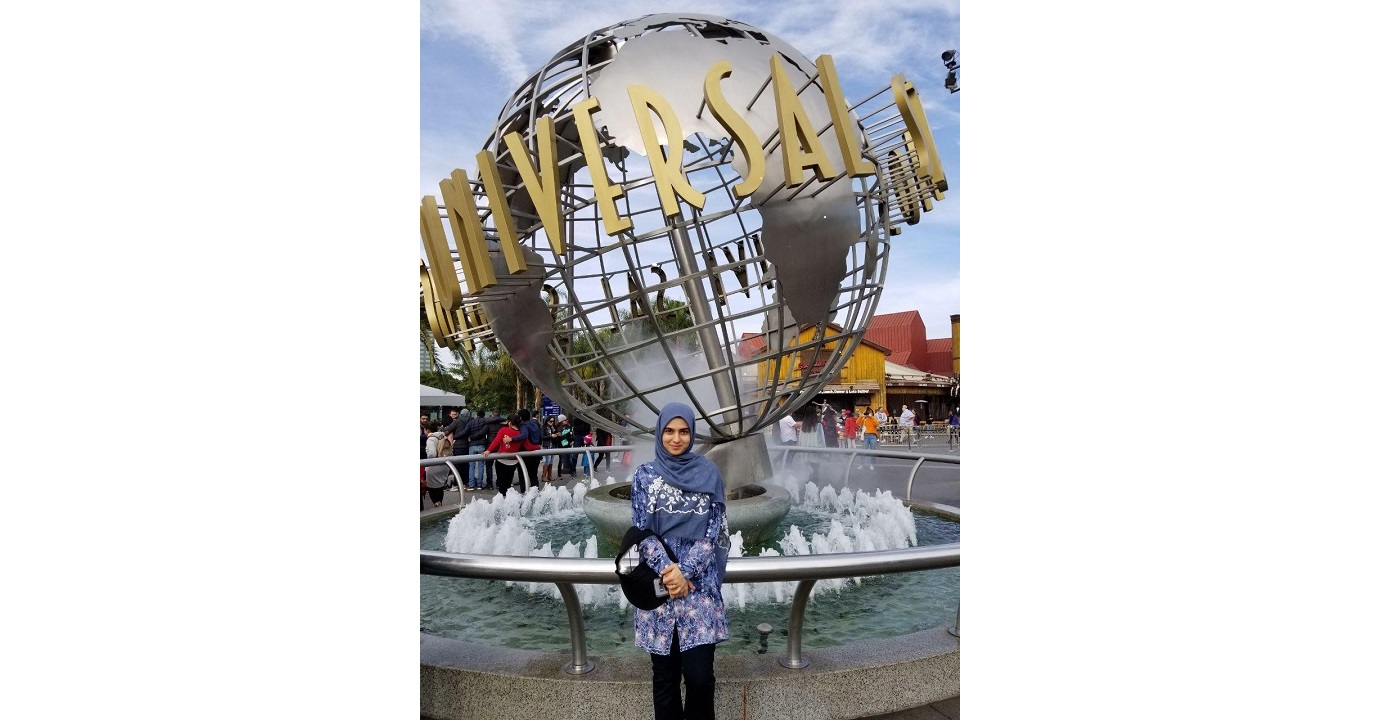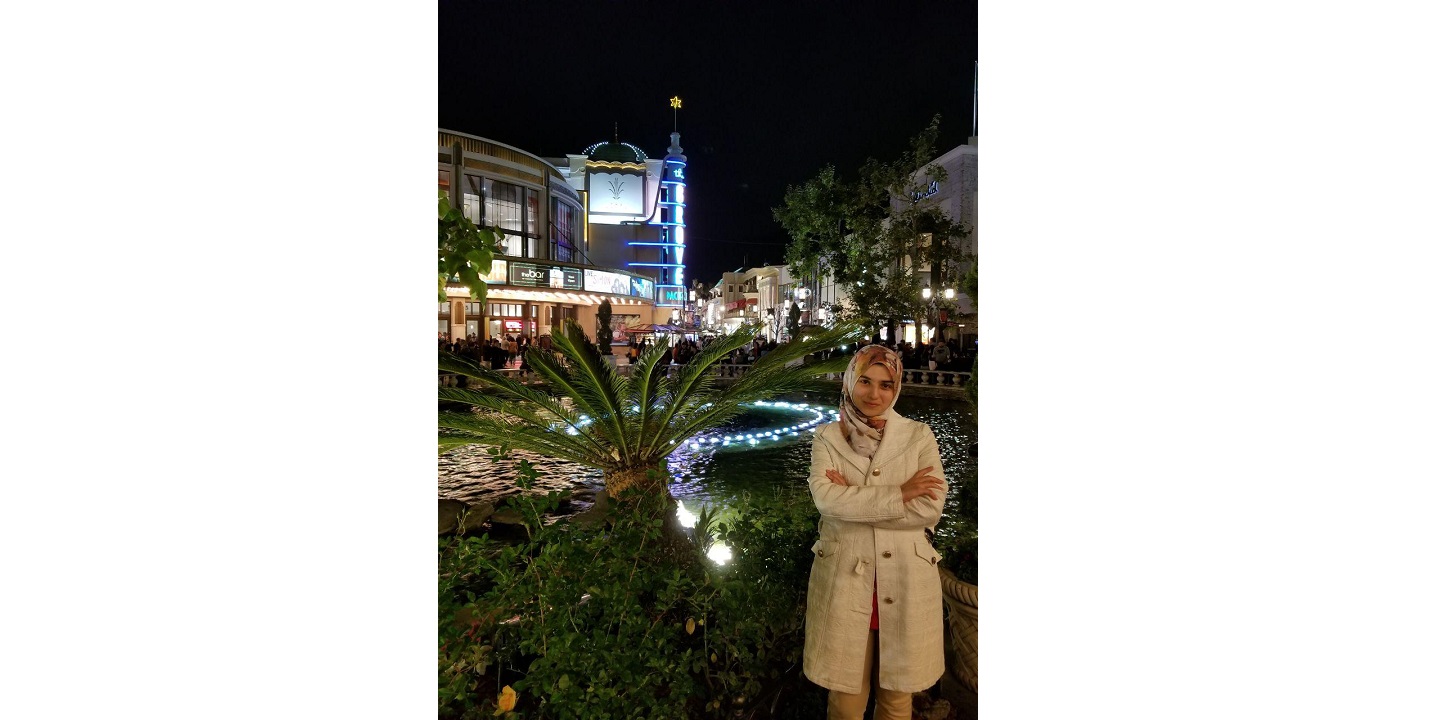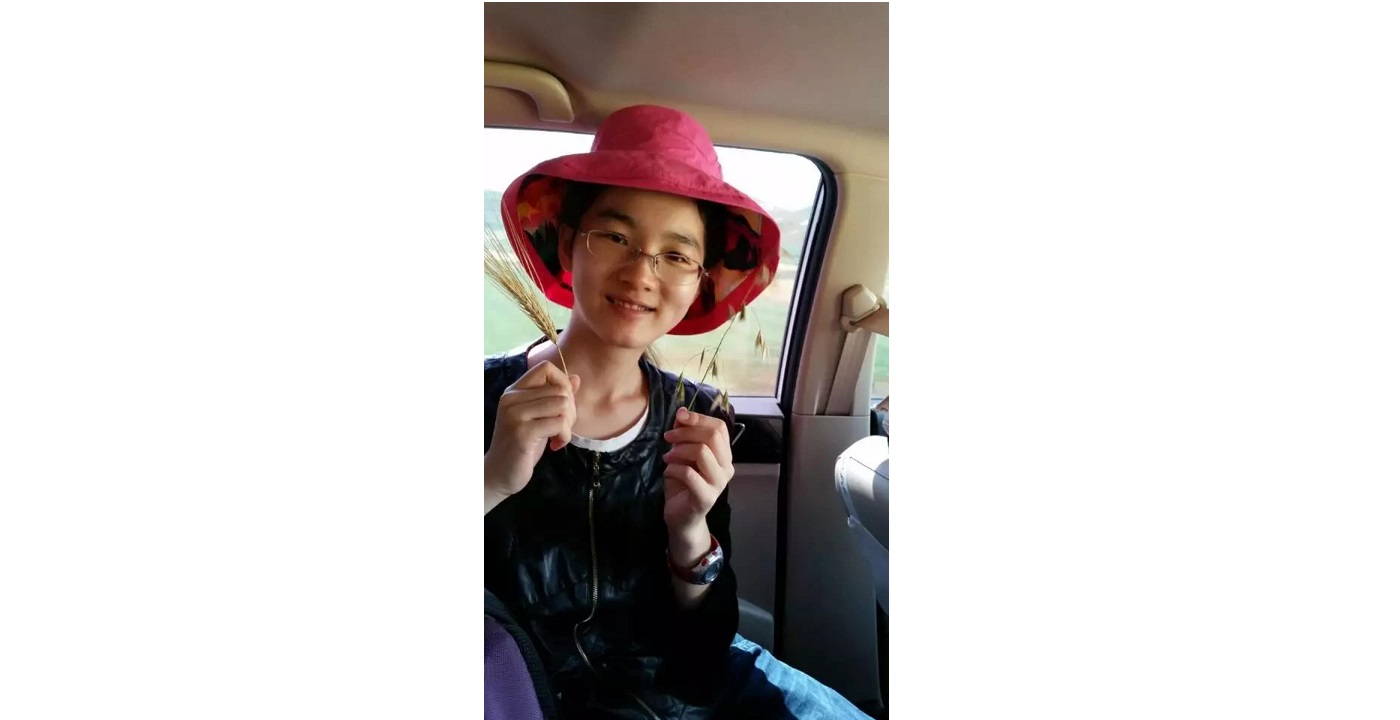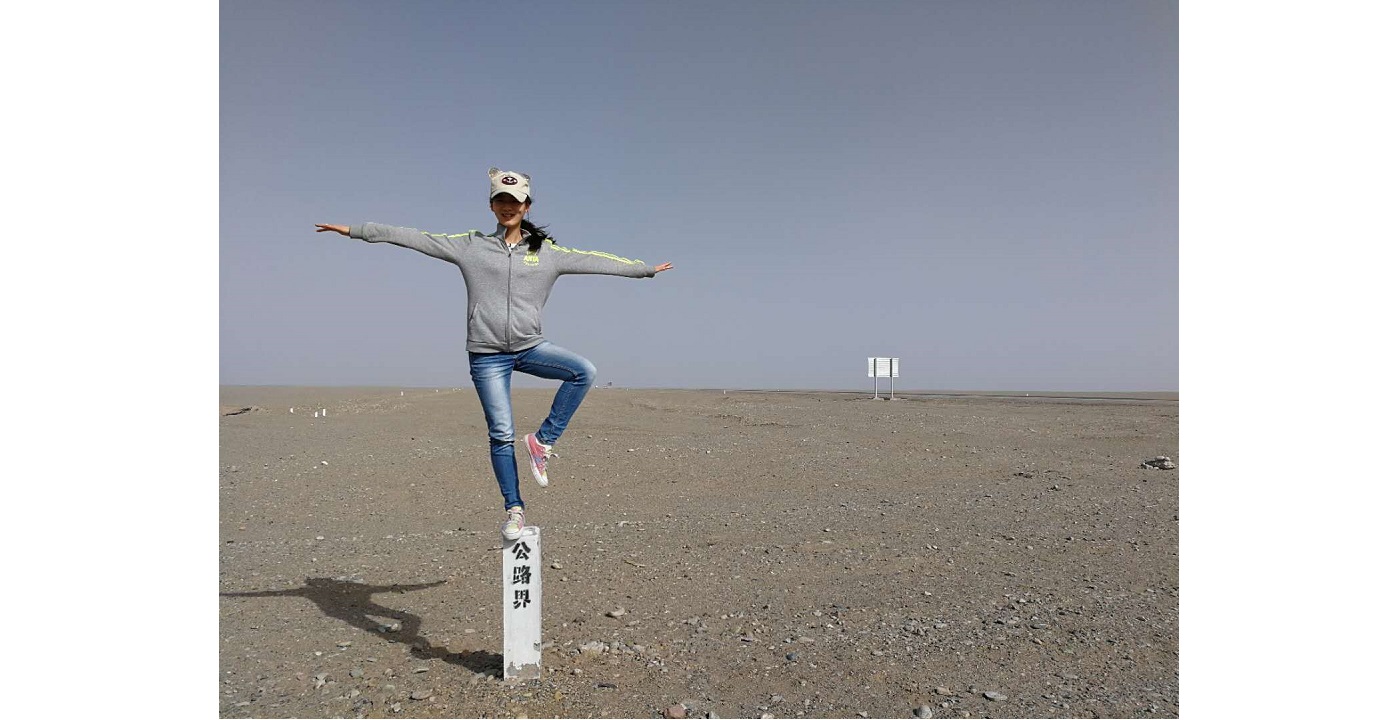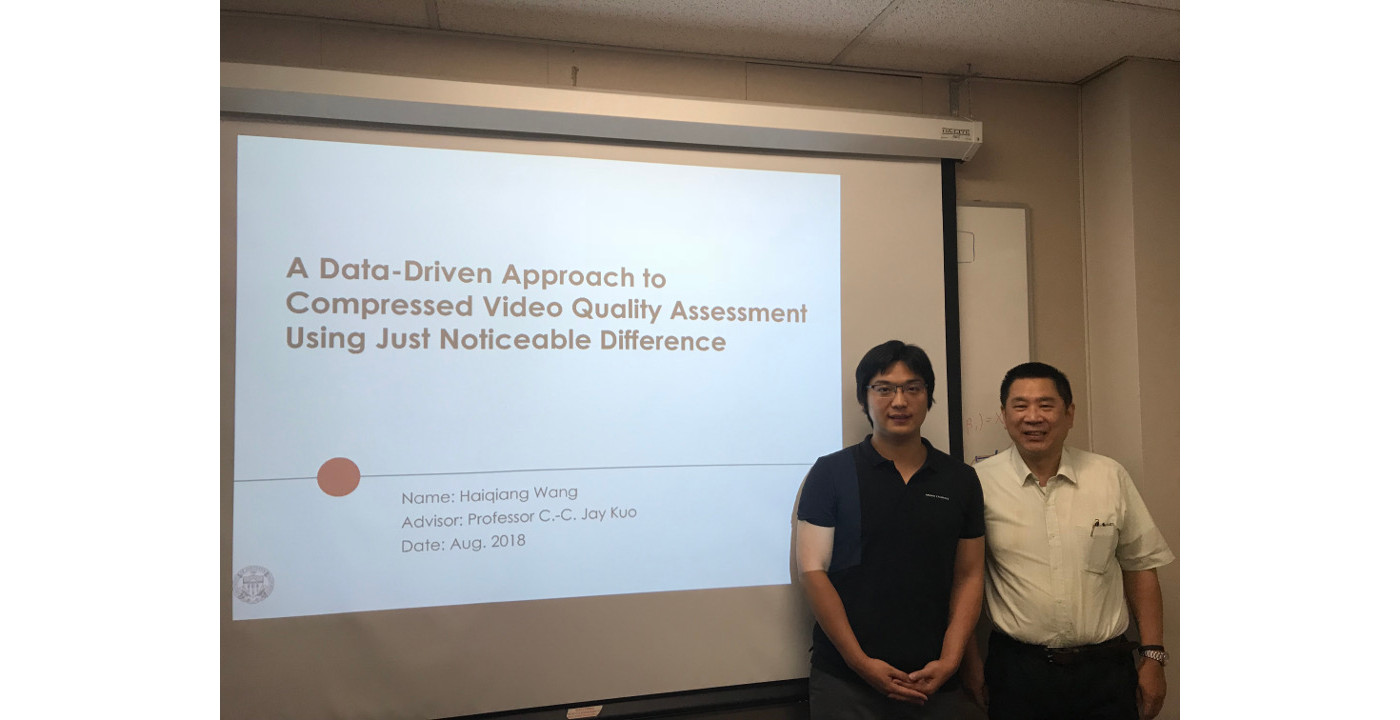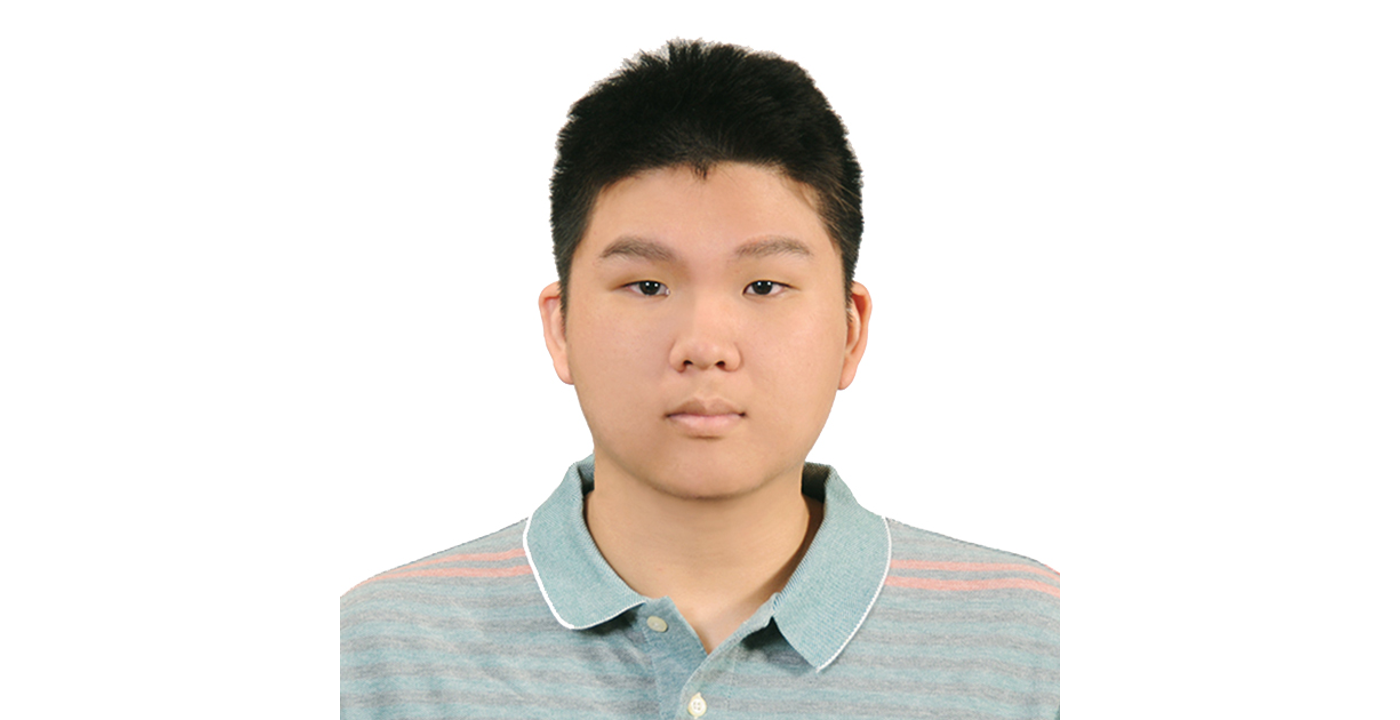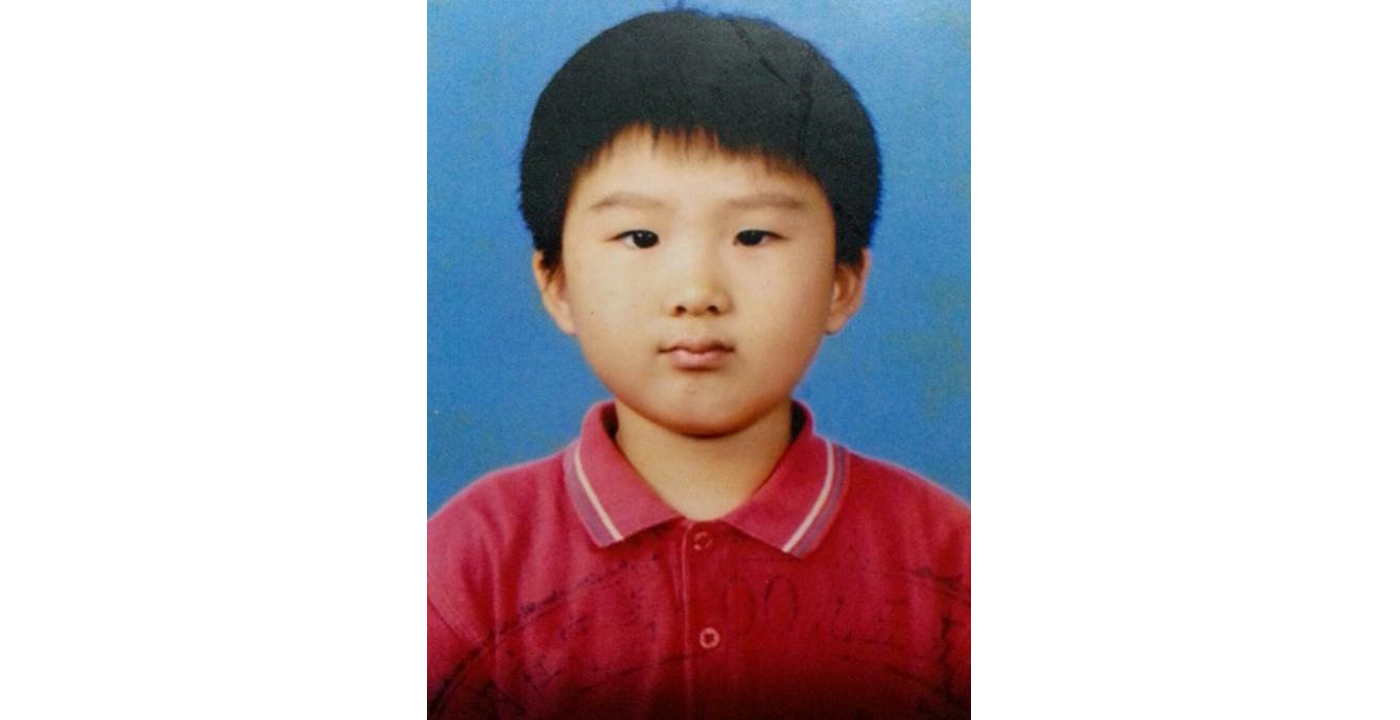Welcome New MCL Member Abinaya Manimaran
1. Could you briefly introduce yourself and your research interests?
I am Abinaya Manimaran, a second year Electrical Engineering graduate student. Before joining USC, I enjoyed working as a Researcher for 3 years at TCS Innovation Labs, India. I was introduced to many Machine Learning algorithms and was always excited to choose the right one to train a desired model. Having joined USC, I am concentrating to learn more in the field of Computer Vision and Machine Learning. I am interested in solving real-world problems that can help mankind be at a better place!
2. What is your impression about MCL and USC?
I see MCL as set of hard working and kind students led by experienced Prof Kuo. I like the way how everything is organized, from lab’s website to weekly meetings!
USC is known for very deep course works. Especially when it comes to Electrical Engineering, most of the courses are math intense, which helps in understanding the basics better. Both USC and MCL has a great Alumni network too!
3. What is your future expectation and plan in MCL?
I would be working on SAAK Transform as a new architecture for deep neural network and its applications in Computer Vision. My plan is to greatly strengthen my skills in this field. I am hoping at the end of my research, I would stand out both personally and professionally.



